In the era of environmental consciousness, every drop counts. Water scarcity is a pressing global issue, urging individuals and industries alike to reevaluate their consumption patterns.
Among various strategies, one key area of focus is toilet water saving systems. With advancements in technology and growing awareness, these systems are playing a pivotal role in water conservation efforts worldwide.
Understanding the Need for Toilet Water Saving Systems
Water scarcity is a multifaceted challenge affecting communities worldwide. Rapid urbanization, population growth, and climate change exacerbate this issue, making sustainable water management imperative. According to the United Nations, water scarcity affects more than 40% of the global population, a figure projected to rise due to increasing demand and dwindling freshwater resources.
Traditional toilet systems, characterized by high water consumption, contribute significantly to this crisis. Conventional toilets use approximately 1.6 gallons (or 6 liters) of water per flush, resulting in wastage and inefficiency. However, with the advent of innovative toilet water saving systems, there's hope for meaningful change.
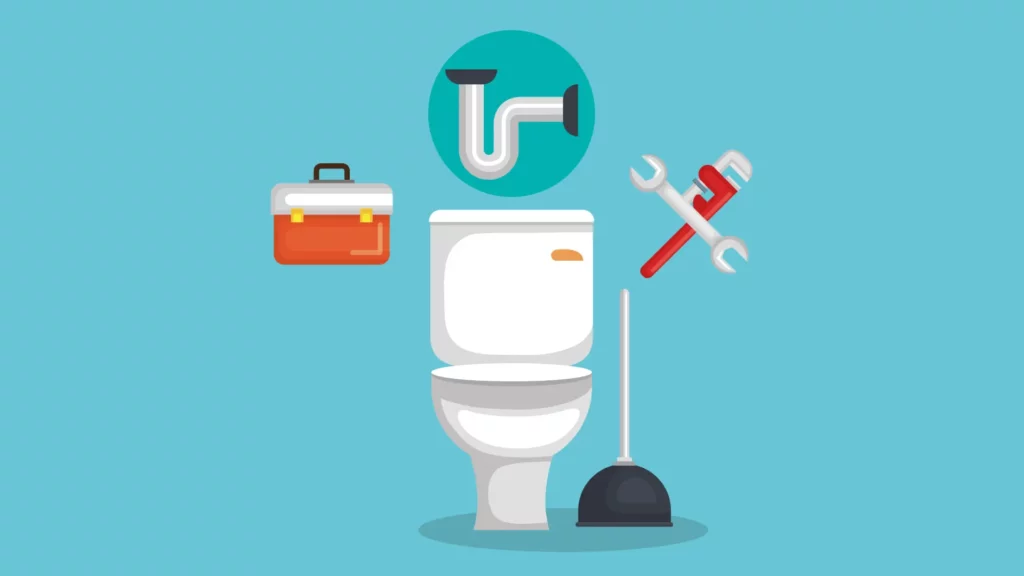
Exploring the Mechanisms of Toilet Water Saving Systems
Toilet water saving systems employ various mechanisms to reduce water usage without compromising performance. These mechanisms include:
- Dual Flush Technology: Dual flush toilets offer users the choice between a full flush for solid waste and a reduced flush for liquid waste. This feature significantly reduces water consumption per flush, as it utilizes only a fraction of the water volume needed for traditional flushing.
- Low-flow Toilet Fixtures: Low-flow toilets utilize advanced engineering to optimize water usage while maintaining flushing efficiency. By incorporating features such as pressurized flushing and improved bowl design, these fixtures minimize water wastage without sacrificing performance.
- Water-efficient Toilet Tanks: Some toilet water saving systems feature innovative tank designs that maximize water efficiency. These tanks utilize gravity-assisted flushing and specialized valve mechanisms to deliver optimal flushing power with minimal water usage.
- Flush Valve Upgrades: Retrofitting existing toilets with efficient flush valves can significantly reduce water consumption. Upgraded flush valves regulate water flow more effectively, ensuring adequate flushing power while conserving water.
- Smart Toilet Technologies: Emerging smart toilet technologies integrate sensors and automated controls to optimize water usage based on usage patterns and waste volume. These intelligent systems adjust flushing parameters in real-time, further enhancing water conservation efforts.
Innovative Solutions: Incorporating Bricks in Toilet Saving Water Efforts
One unconventional yet cost-effective approach to enhancing toilet water saving efforts involves the strategic placement of bricks in the toilet tank. By displacing a portion of the tank's volume, bricks effectively reduce the amount of water required for each flush.
This simple DIY method has gained popularity among eco-conscious homeowners seeking to maximize water savings without investing in expensive retrofitting solutions.
Additionally, incorporating bricks in toilet saving water endeavors serves as a tangible reminder of the collective responsibility to conserve our planet's precious resources.
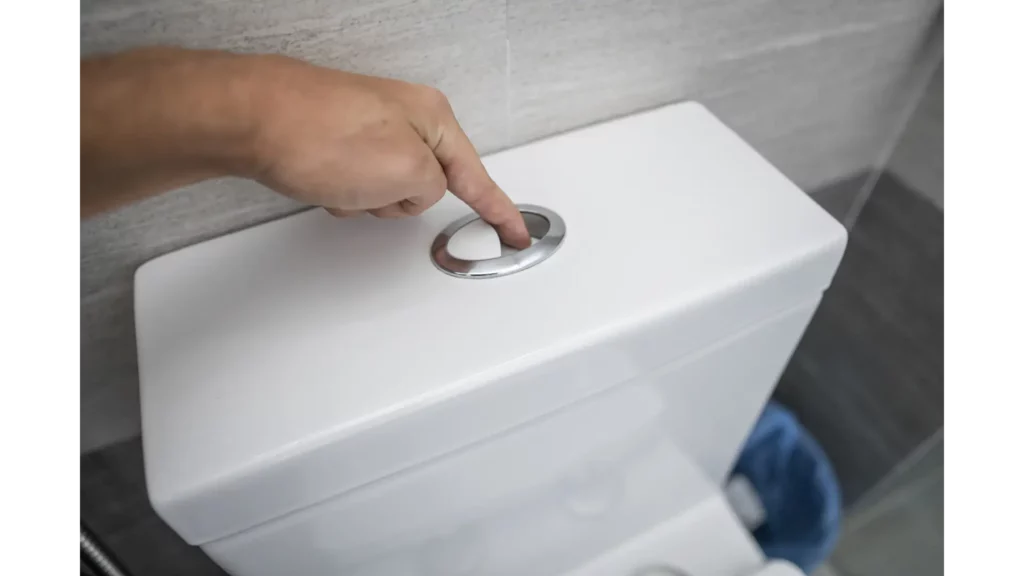
Benefits of Implementing Toilet Water Saving Systems
The adoption of toilet water saving systems offers a multitude of benefits, including:
- Water Conservation: By reducing water consumption per flush, these systems contribute to overall water conservation efforts, helping mitigate the impact of water scarcity.
- Cost Savings: Lower water usage translates to reduced utility bills for homeowners and businesses. Over time, the savings accrued from decreased water consumption can be substantial.
- Environmental Impact: By minimizing water wastage, toilet water saving systems help mitigate environmental degradation associated with excessive water extraction and wastewater treatment.
- Regulatory Compliance: Many regions mandate water conservation measures, including the installation of water-efficient fixtures. Implementing toilet water saving systems ensures compliance with such regulations, avoiding potential penalties.
- Enhanced Public Health: Efficient flushing mechanisms minimize the risk of clogs and backups, promoting better hygiene and sanitation in residential and commercial settings.
American Standard Water Saving Toilets: Redefining Efficiency
American Standard is at the forefront of innovation in water-saving technologies, offering a range of cutting-edge toilet systems designed to maximize efficiency without compromising performance.
One notable example of their commitment to sustainability is the American Standard Water Saving Toilet. These advanced fixtures integrate dual flush technology and low-flow mechanisms to minimize water consumption while delivering powerful and reliable flushing capabilities.
With an American Standard Water Saving Toilet, users can experience unparalleled efficiency and contribute to environmental conservation efforts simultaneously.
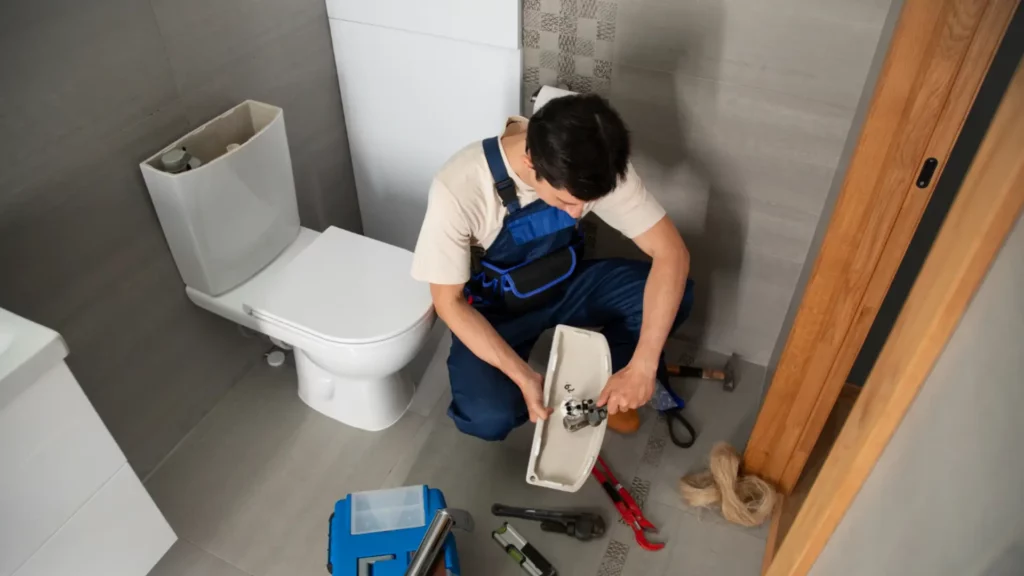
Comparing New Water Saving Toilets to Traditional Non Water Saving Models
In the quest for water conservation, the choice between new water-saving toilets and traditional non-water saving models plays a pivotal role. Let's delve into the key differences and benefits associated with each:
New Water Saving Toilets: Embracing Innovation
New water-saving toilets epitomize innovation in sustainable plumbing solutions. Here's why they're gaining traction:
- Efficient Flushing Mechanisms: New water-saving toilets utilize advanced flushing mechanisms such as dual flush technology and low-flow fixtures. These innovations optimize water usage by delivering adequate flushing power with significantly reduced water volumes.
- Environmental Responsibility: By embracing new water-saving technologies, individuals and businesses demonstrate a commitment to environmental responsibility. These toilets minimize water wastage, contributing to broader conservation efforts and reducing ecological footprint.
- Cost Savings Over Time: While the upfront cost of installing new water-saving toilets may be higher compared to traditional models, the long-term cost savings are substantial. Reduced water consumption translates to lower utility bills over time, offsetting the initial investment.
- Compliance with Regulations: Many regions have implemented regulations mandating the installation of water-efficient fixtures, including toilets. New water-saving toilets ensure compliance with these regulations, avoiding potential fines and penalties.
- Improved Performance: Contrary to misconceptions, modern water-saving toilets offer comparable, if not superior, performance to traditional models. Advancements in design and engineering ensure efficient flushing power without sacrificing user experience.
Non Water Saving Toilets: Addressing Limitations
While traditional non water saving toilets have been the norm for decades, they come with inherent limitations:
- Excessive Water Consumption: Non water saving toilets are notorious for their high water consumption, typically using 1.6 gallons (or more) per flush. This inefficiency contributes to water wastage and strains freshwater resources.
- Environmental Impact: The ecological impact of non water saving toilets is significant, as they contribute to excessive water extraction and wastewater generation. This strain on the environment exacerbates water scarcity and pollution issues, threatening ecosystems and biodiversity.
- Increased Utility Costs: The high water usage associated with non water-saving toilets translates to elevated utility bills for homeowners and businesses. Over time, these costs can accumulate, posing a financial burden and hindering budgetary flexibility.
- Regulatory Compliance Challenges: In regions where water conservation regulations are in place, non water-saving toilets may not meet required efficiency standards. This lack of compliance can result in penalties or the need for costly upgrades to meet regulatory requirements.
- Limited Performance Optimization: Traditional non water-saving toilets often lack the performance optimization features found in newer water-saving models. As a result, they may be prone to clogs, backups, and inefficiencies, leading to maintenance issues and user dissatisfaction.
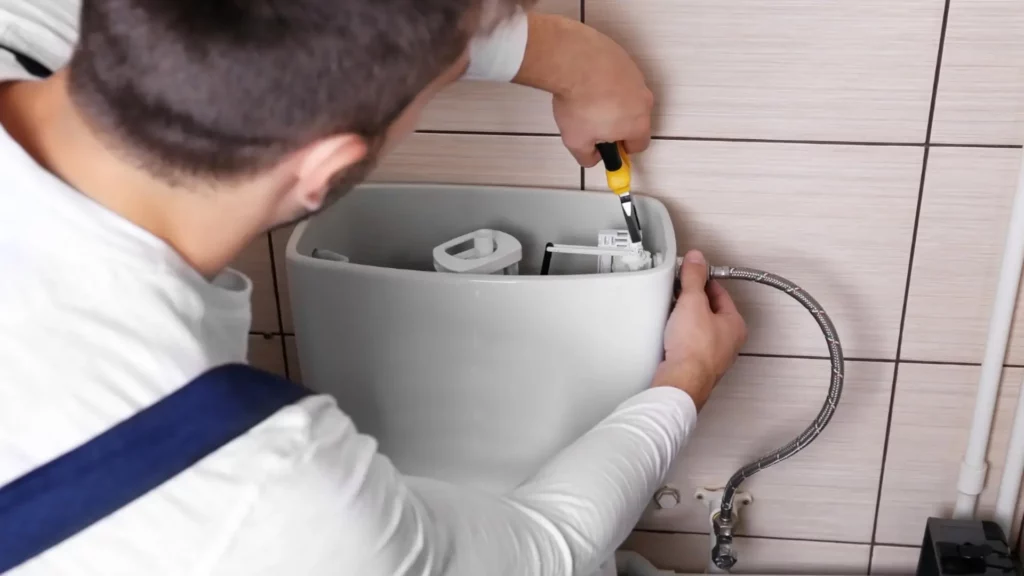
Toilet Water Saving Challenges and Considerations
While toilet water saving systems offer numerous advantages, there are certain challenges and considerations to keep in mind:
- Upfront Costs: The initial investment required for purchasing and installing water-saving fixtures may deter some individuals or organizations. However, it's essential to consider the long-term savings and environmental benefits outweighing these upfront costs.
- Compatibility Issues: Retrofitting existing plumbing systems with water-saving technologies may pose compatibility challenges, especially in older buildings or structures with outdated infrastructure. Proper assessment and consultation with plumbing professionals are necessary to ensure seamless integration.
- Performance Concerns: In some cases, users may express concerns regarding the performance of water-saving toilets compared to traditional models. However, advancements in technology have addressed many of these issues, offering efficient flushing solutions without compromising performance.
- Maintenance Requirements: Like any plumbing fixture, water-saving toilets require regular maintenance to ensure optimal performance. Periodic inspections, cleaning, and repairs are essential to prevent potential issues and maximize water savings.
Toilet Water Saving Tips: Maximizing Efficiency at Home
In addition to investing in water-saving fixtures, implementing practical toilet water saving tips can further enhance conservation efforts. By adopting simple yet effective strategies, individuals can minimize water wastage without sacrificing comfort or convenience. Here are some valuable tips to consider:
- Check for Leaks Regularly: Even minor leaks in toilet tanks or supply lines can waste significant amounts of water over time. Conduct periodic checks for leaks by adding a few drops of food coloring to the toilet tank and observing for any color seepage into the bowl. Promptly repair any detected leaks to prevent water loss.
- Adjust Flush Volume: Most modern toilets feature adjustable flush valves that allow users to customize flush volume according to their needs. Consider reducing the flush volume for liquid waste by adjusting the flush mechanism or installing a water-saving flush kit. This simple adjustment can lead to substantial water savings over time.
- Practice Water-Efficient Flushing Habits: Encourage household members to adopt water-efficient flushing habits, such as utilizing the appropriate flush option for waste type (full flush for solid waste, reduced flush for liquid waste) and avoiding unnecessary flushes. By being mindful of flushing frequency and volume, individuals can conserve water without compromising hygiene.
- Install Dual Flush Conversion Kits: For older toilets lacking dual flush functionality, consider retrofitting them with dual flush conversion kits. These kits allow users to upgrade existing toilets to dual flush models, providing the flexibility to choose between full and partial flushes. With minimal investment and installation effort, households can significantly reduce water usage per flush.
- Educate Family Members: Raise awareness among family members or occupants about the importance of water conservation in the bathroom. Encourage them to adopt water-saving practices such as turning off the tap while brushing teeth, taking shorter showers, and promptly reporting any plumbing issues or leaks. By fostering a culture of conservation, households can collectively contribute to water sustainability efforts.
- Utilize Toilet Tank Displacement Devices: To reduce the volume of water used per flush, consider installing toilet tank displacement devices such as bricks or adjustable toilet dams. These devices occupy space in the toilet tank, displacing water and effectively reducing the amount used for each flush. However, ensure that the displacement device does not interfere with the flushing mechanism or compromise toilet performance.
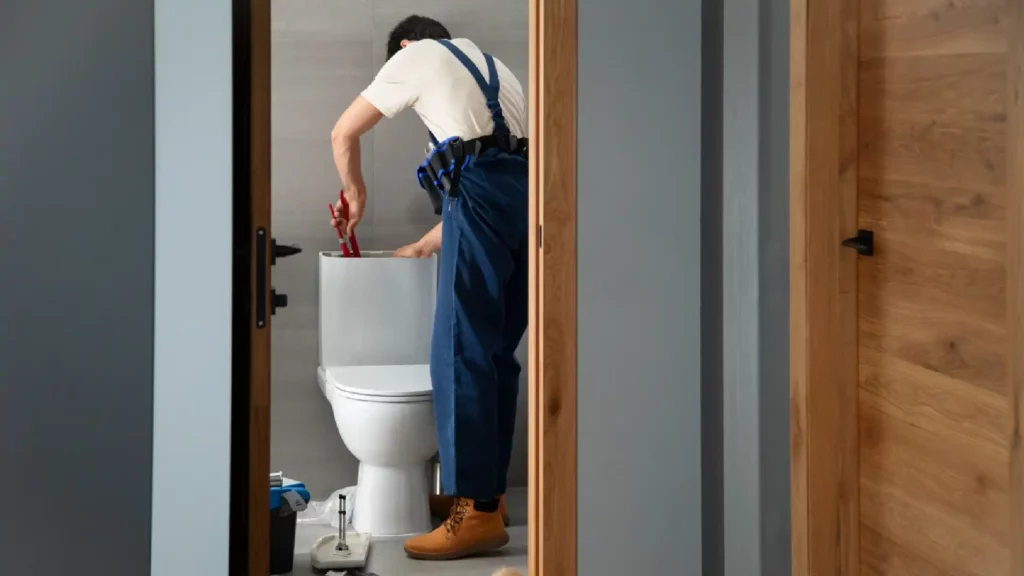
Innovative Solutions: Exploring Water Saving Toilet Technologies
Water saving flush toilet, water saving toilet bowl, water saving toilet systems, and water saving toilet tank are integral components of modern water conservation strategies. Let's delve deeper into each of these innovative solutions:
- Water Saving Flush Toilet
Water-saving flush toilets, or low-flow toilets, save water while still being effective. They have dual flush options, allowing users to choose a full flush for solid waste and a reduced flush for liquid waste.
With this flexibility, water consumption is greatly reduced without compromising flushing power, making them crucial for sustainable plumbing systems.
Water saving flush toilets help save water and reduce costs. Upgrading to them promotes responsible water management in residential and commercial settings.
- Water Saving Toilet Bowl
Water-saving toilets are crucial for efficient flushing and reducing water waste. They use less water but still have strong flushing power, thanks to modern designs. With glazed surfaces and efficient trapways, they also ensure cleanliness and hygiene, all while conserving water.
Water-saving toilet bowls reduce water use and enhance user experience in homes and businesses. They offer strong flushing power and meet efficiency standards. These bowls are vital for eco-friendly plumbing, promoting responsible water usage and environmental conservation.
- Water Saving Toilet Systems
Water-saving toilets minimize water usage during flushing. They have dual flush and smart toilet technologies that optimize efficiency and reduce wastage. Upgrading to these systems helps homeowners and businesses manage water sustainably and promote environmental stewardship.
Water saving toilet systems have key features like efficient flush valves, low-flow fixtures, and intelligent controls. These solutions save water, improve efficiency, and make it easier for users. Plumbing technology is constantly improving these systems to address water scarcity and resource conservation.
- Water Saving Toilet Tank
The water efficient toilet tank reduces water usage without compromising performance. It employs gravity-assisted flushing, dual flush choices, and adjustable fill valves. Homeowners can upgrade their tanks to conserve water and be more eco-friendly.
Water-saving toilet tanks offer different options for plumbing and user preferences. They are a cost effective way to support water conservation in bathrooms. By using these eco-friendly solutions, individuals and businesses help preserve water resources for the future.
Toilet Water Saving FAQs
What is a water saving toilet?
A water-saving toilet, also known as a low-flow toilet or water-efficient toilet, is a fixture designed to minimize water consumption during flushing. Unlike traditional toilets that use a fixed volume of water per flush, water-saving toilets employ innovative technologies such as dual flush mechanisms, low-flow fixtures, and smart controls to optimize water usage while maintaining flushing efficiency. These toilets help conserve water resources and reduce utility bills without compromising performance.
How do water-saving toilets contribute to saving water?
Water-saving toilets contribute to water conservation efforts by reducing the amount of water used per flush compared to traditional toilets. By incorporating features like dual flush options, low-flow fixtures, and advanced flushing mechanisms, these toilets minimize water wastage while ensuring effective waste removal. With every flush, water-saving toilets help conserve precious freshwater resources, mitigating the impact of water scarcity and promoting sustainable usage practices.
What is a toilet water savings calculator, and how does it work?
A toilet water savings calculator is a tool used to estimate the potential water savings achieved by installing water-saving toilets or upgrading existing fixtures. These calculators typically consider factors such as the number of flushes per day, the volume of water saved per flush, and the cost of water per gallon or liter. By inputting relevant data, users can quantify the financial and environmental benefits of implementing water-saving measures in their homes or businesses. This tool facilitates informed decision-making and encourages the adoption of water-efficient technologies.
Are water-saving toilets as effective as traditional toilets?
Yes, water-saving toilets are as effective as traditional toilets in waste removal and flushing performance. While there may have been concerns in the past regarding the efficacy of low-flow fixtures, advancements in design and technology have addressed these issues. Modern water-saving toilets are engineered to deliver sufficient flushing power while minimizing water usage. Features such as pressurized flushing, improved bowl design, and dual flush options ensure that these fixtures maintain performance standards comparable to traditional models.
Do saving water toilet require special maintenance or care?
Saving water toilet generally require the same level of maintenance as traditional toilets. Regular cleaning and inspections are essential to prevent clogs, maintain flushing efficiency, and prolong the lifespan of the fixtures. Additionally, it's important to follow manufacturer guidelines for any specific maintenance requirements. With proper care and attention, saving water toilet can continue to function optimally, contributing to long-term water savings and environmental sustainability.
Toilet Water Saving Conclusion
Toilet water saving systems represent a cornerstone of sustainable water management practices, offering a practical solution to the global water scarcity crisis.
By harnessing innovative technologies and promoting conscientious consumption habits, these systems empower individuals and communities to make a meaningful impact on water conservation efforts.
From dual flush toilets to smart water-saving technologies, the options are abundant for those committed to preserving our planet's most precious resource.
Embracing toilet water saving systems isn't just a choice; it's a responsibility—a commitment to safeguarding our environment for future generations.
Source
https://www.energy.gov/femp/best-management-practice-6-toilets-and-urinals

